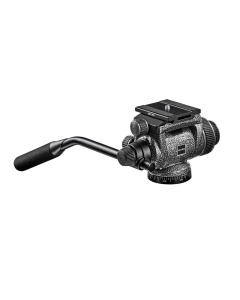Five Reasons to Use a Tripod for Mastering Bird Photography
By Tim Laman
In the ever-changing world of photography, there's often debate about what tools are essential. But one thing I've found to be consistently invaluable is the role of tripod. As biologist and wildlife photographer, I can attest to its importance, especially when capturing the beauty of birds.
Here are five top reasons that I find tripods greatly improve my success with creative bird photography.
1. Be ready to catch the action.
How long can you hold your camera up to your eye? And are you keeping your shot perfectly framed, or is the frame bouncing around? There are so many bird photography situations where I find myself waiting for the action. Having my camera and lens braced on a tripod greatly enhances my chances of being able to react instantly and capture the decisive moment. It also allows me to pay careful attention to the framing of the shot.
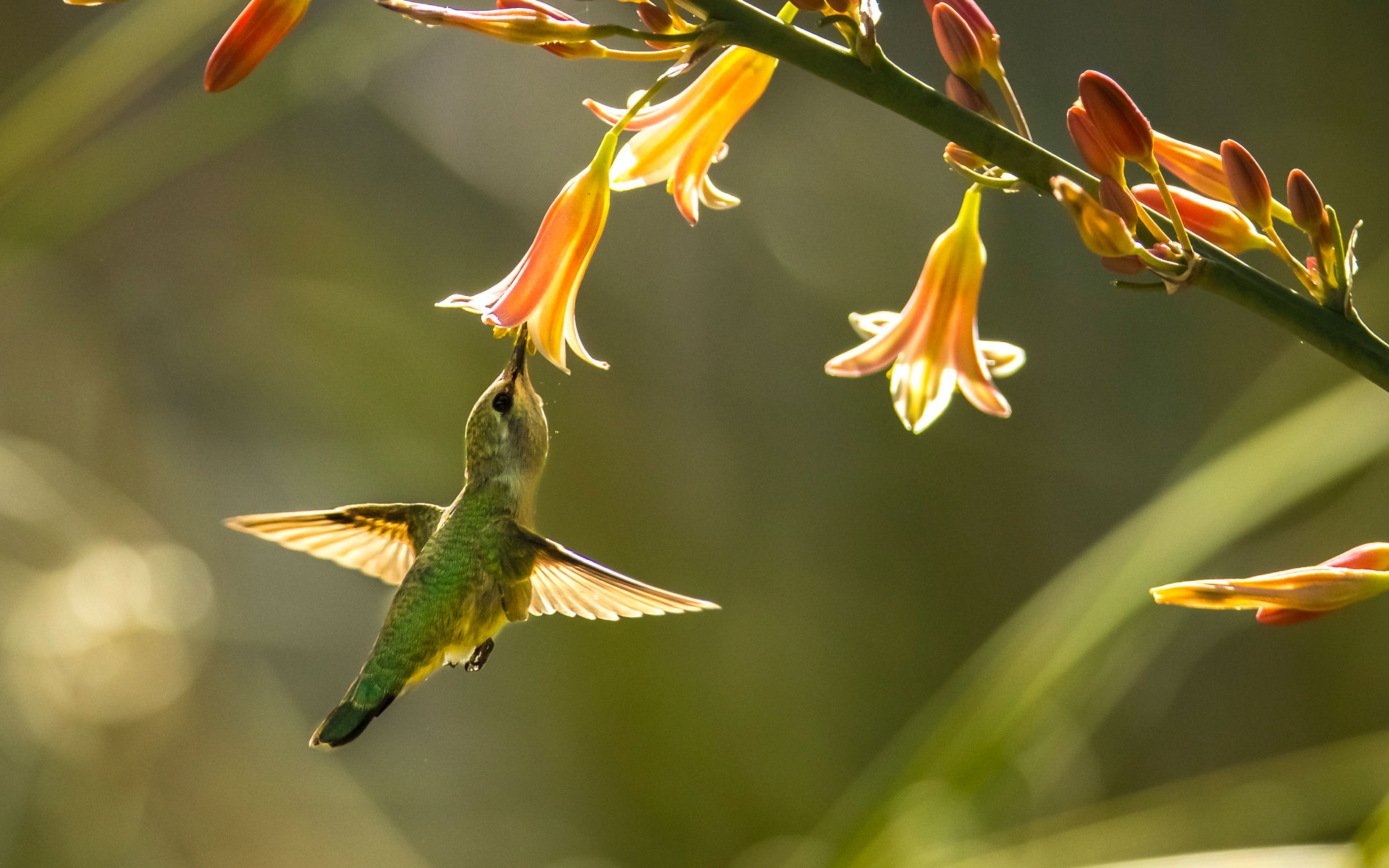

2. Avoid sudden movements that scare birds.
If you see a bird approaching and suddenly raise your camera to shoot, there is a very good chance you will spook the bird. This is not going to help you get the shot you wanted, and also, could be very bad for the bird if for example you were waiting near a nest and you scared the bird away.
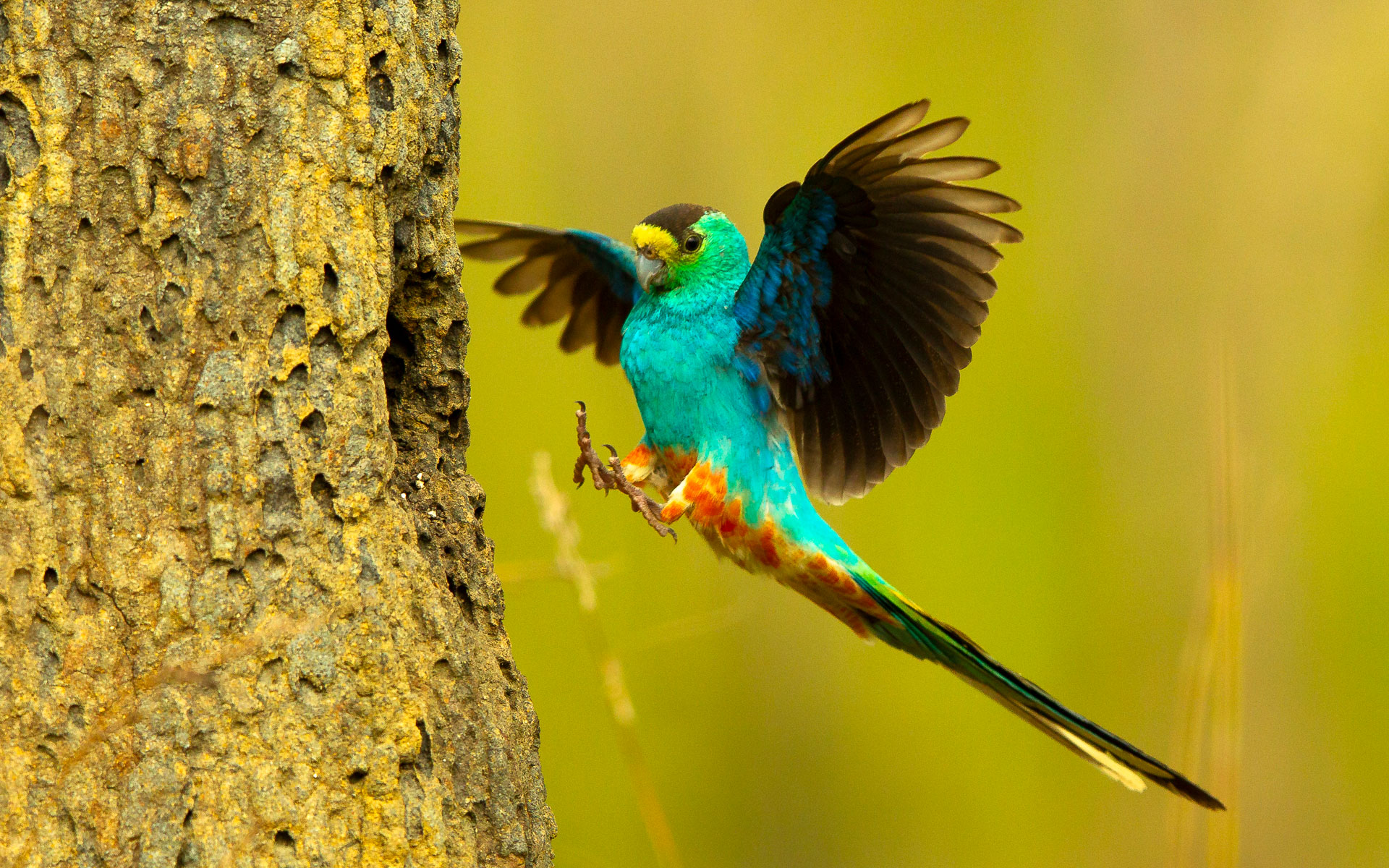

The photo above of a Golden-shouldered Parrot coming in for a landing at its nest in Australia is a perfect example of this. I was hiding in a blind, waiting for this bird to return to its nest cavity in the termite mound. The Golden-shouldered Parrot is a critically endangered species, and I was working closely with a conservation group who gave me access to the area and advised me on how close I could get without disturbing the nest. Having my camera and lens mounted on my tripod and moving it as little as possible when the bird arrived was thus critical so I wouldn't disturb the bird. And as in the first image above, the tripod allowed me to keep my precise framing as I waited for the birds arrival.
3. Track flying birds better.
What about birds in flight? Can't you just hand hold those shots? You can, and I do in some situations if I need to be highly mobile, but I have found that especially if I am shooting birds flying at eye level or slightly below me, having my 400 mm or longer lens on a tripod with a gimbal head allows me to track the flying bird much more smoothly and have a better chance of keeping it in the frame and keeping my autofocus points on the bird so focus tracks.
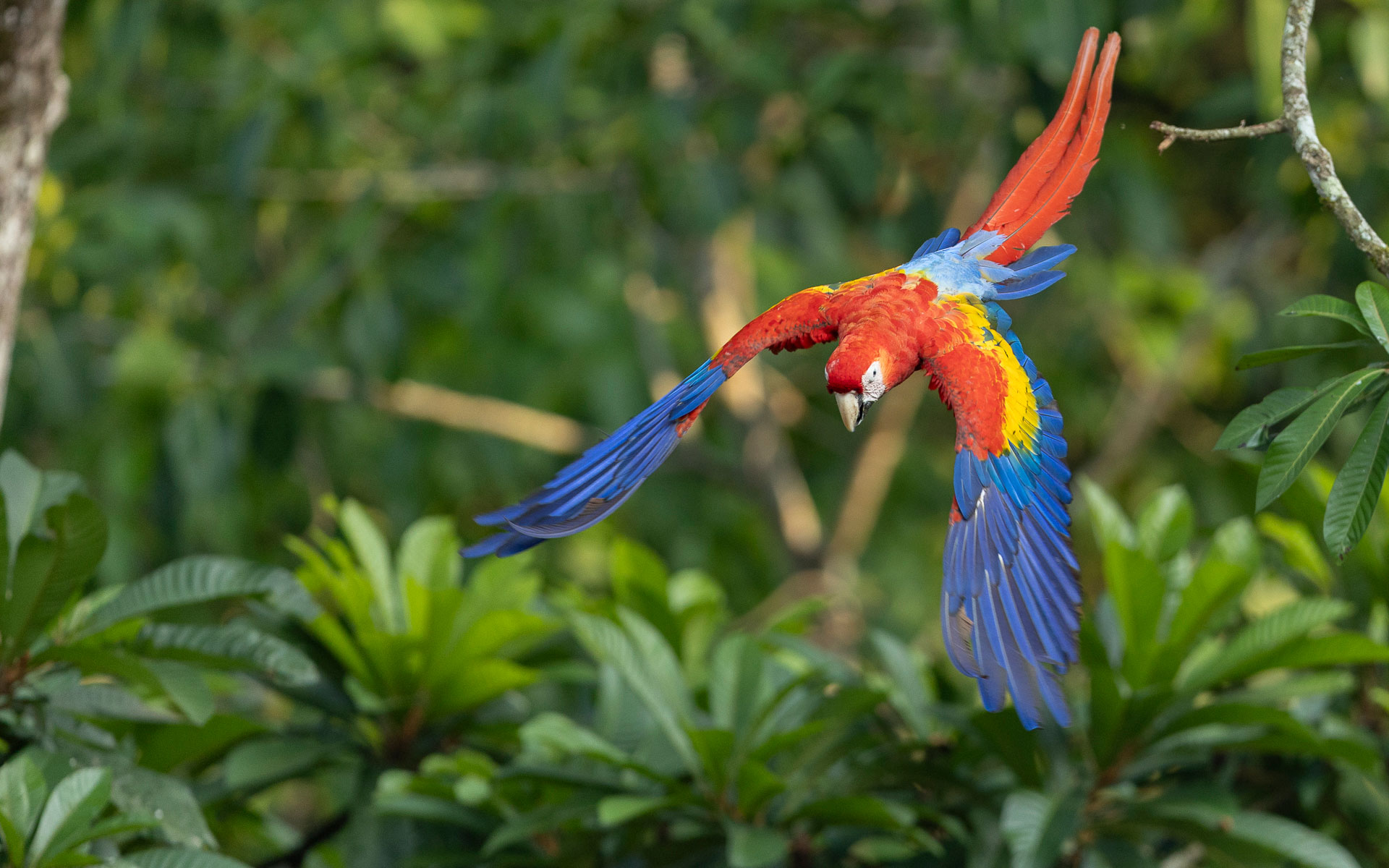

This shot of a Scarlet Macaw taking off from a tree in Mexico is a perfect example of this situation. I was on a viewing tower looking slightly down on the tree where several macaws had gathered. As they took off I was able to track them and capture nice flight shots with my 400 mm lens and gimbal head on my tripod.
4. Keep shooting in bad weather.
Some photographers pack it up when it starts raining or snowing, but for me, adverse weather conditions can create interesting and unique photographic opportunities and I love to keep shooting. I protect my lens and camera with a rain cover, and one thing I have learned is that keeping my camera and lens mounted on my tripod, (like you see in the image below) helps to keep the rain and snow out of the viewfinder and off the lens. If you are hand-holding your camera, it if very hard to always keep it horizontal, and the viewfinder often gets moisture in it.


I photographed this Black-capped Chickadee in my yard during a snowstorm as he hopped between perches near my bird feeder. His feathers are all fluffed up against the cold, and the snowflakes in the air and on the perch he is landing on add a lot of atmosphere to the image.
5. Get creative with slow shutter speeds.
Finally, we come to an obvious use for a tripod - holding your camera still for a long exposure. This is what most people think tripods are for, especially in landscape photography. If a bird is holding still, even in very low light, a tripod will allow you to make longer exposures and still get sharp images. So, it is worth having a tripod handy just for those situations. But in bird photography, a fun, creative thing to try with slow shutter speeds is panning with flying birds. For example, in the shot of the Brown Pelican below, I used a shutter speed of 1/30 sec.
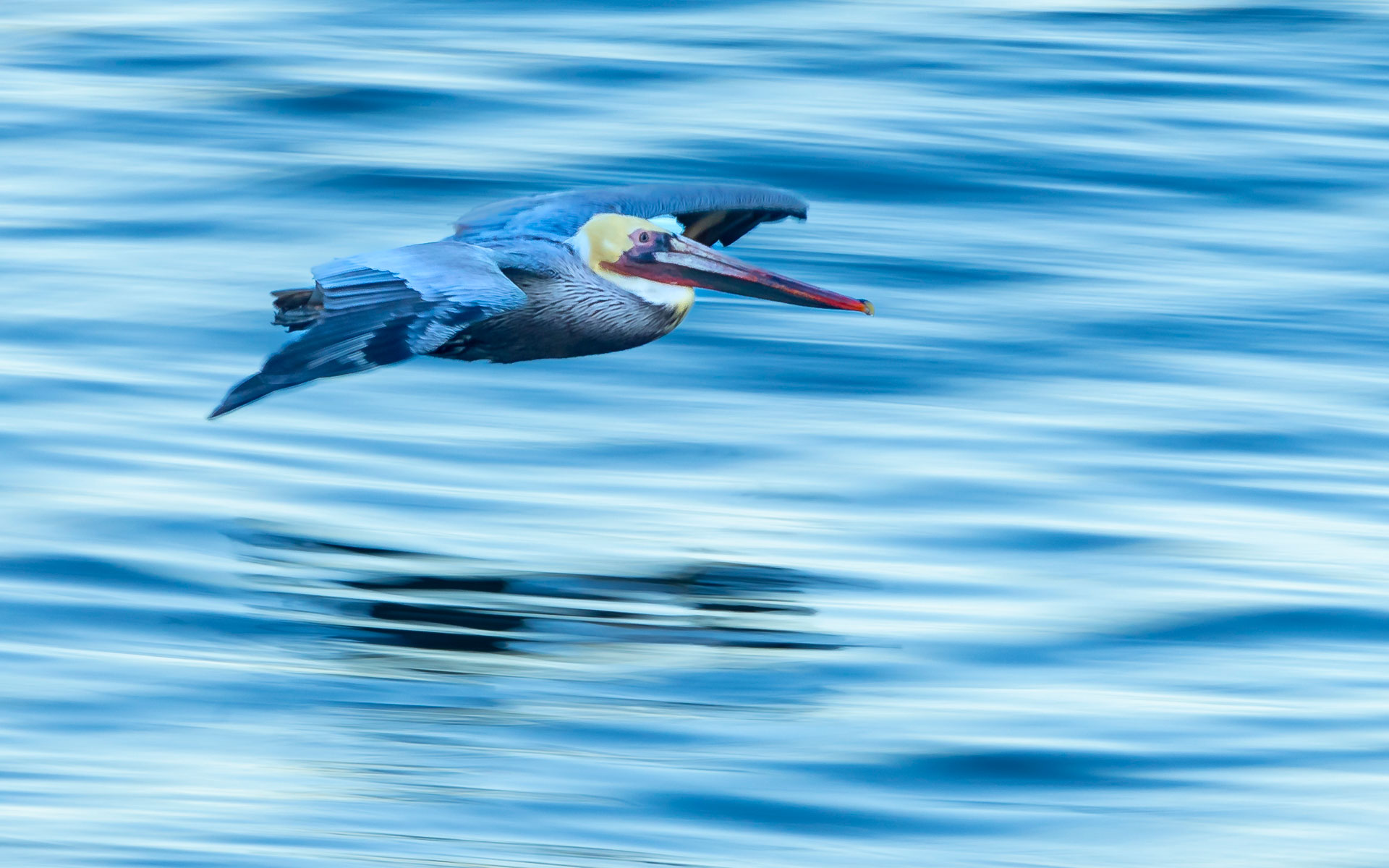

The key to creating a successful image of this type is to pan perfectly at the same speed as the bird so that your camera matches the bird's motion and the bird's eye is sharp. To do this successfully, you must not only pan at just the right speed but also eliminate all up-and-down movement that would blur the eye. This is where the tripod makes a huge difference. The stability of the tripod greatly reduces your up-and-down shake as you track the flying bird, and thus increases your success rate greatly.
Tim's gear
To bring out the best in your wildlife photography expeditions, choosing the perfect equipment is crucial.
Tim now has two online courses available and is offering a special discount to Gitzo fans. Just use the code "Gitzo" when you check out for a 15% discount on one or both courses.
Course 1: Birds, Camera, Action. Aimed at beginning to intermediate photographers who want to master their camera settings for action photography using Tim Laman's approach.
Course 2: Getting Creative. If you have mastered your camera settings and are ready to get more creative with your bird photography, check out this course.
About Tim
Tim Laman is a field biologist and wildlife photojournalist. Tim first went to Borneo in 1987 and his pioneering research in the rain forest canopy led to a PhD from Harvard and his first National Geographic article in 1997. He has pursued his passion for exploring wild places by becoming a regular contributor to National Geographic magazine where he has published 23 feature stories.



























